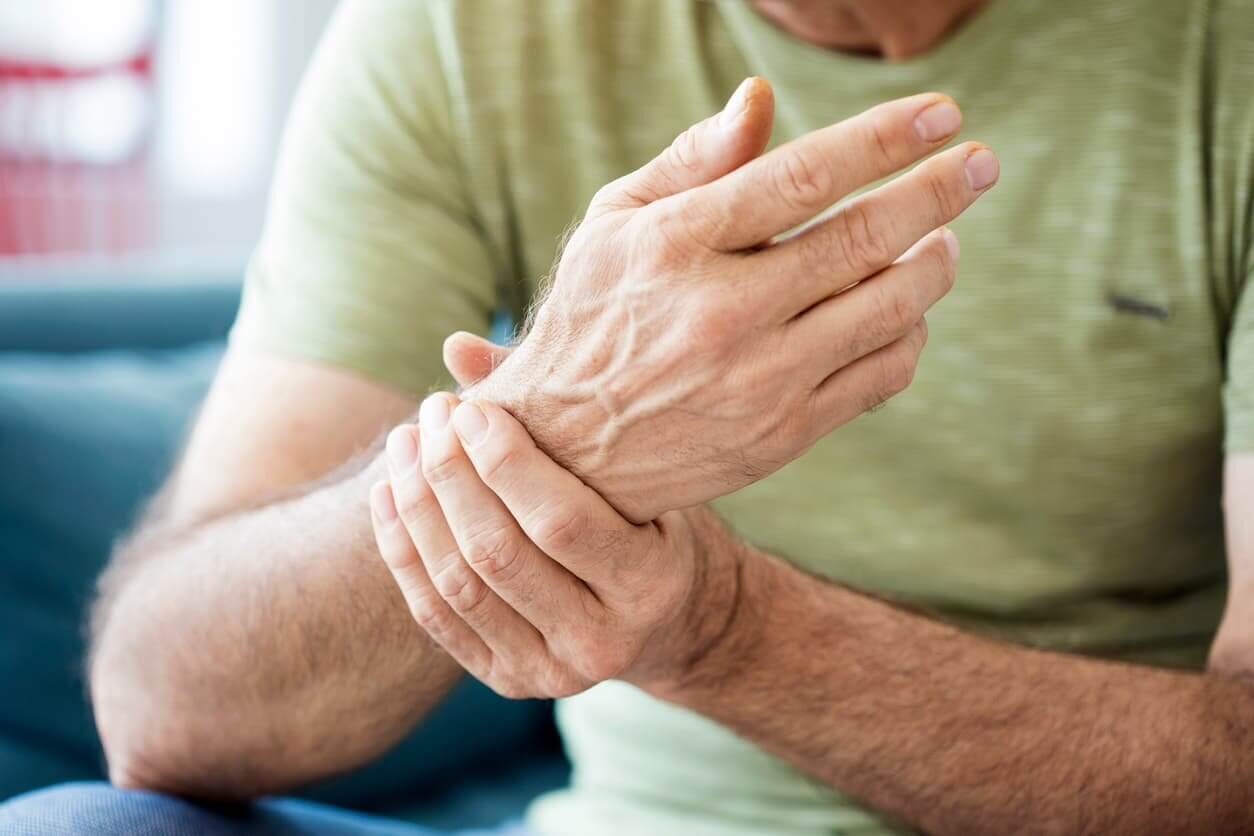De Quervain’s tenosynovitis is a painful condition affecting the tendons in the thumb side of the wrist. We’ll delve into the causes, symptoms, and, most importantly, effective techniques used in physical therapy to alleviate the discomfort and regain your freedom of movement.
Understanding De Quervain’s Tenosynovitis:
De Quervain’s tenosynovitis is a condition characterized by inflammation of the tendons responsible for thumb and wrist movement. It commonly occurs due to repetitive activities or overuse of the wrist, such as gripping, pinching, or twisting motions. Mothers with newborns, athletes, and individuals involved in occupations requiring repetitive hand and wrist movements are particularly prone to this condition.
Recognizing the Symptoms:
- Pain and tenderness on the thumb side of the wrist.
- Swelling or a bump at the base of the thumb.
- Difficulty gripping or pinching objects.
- A “catching” or “snapping” sensation when moving the thumb or wrist.
- Weakness or discomfort while performing daily activities involving the affected hand.
Physical Therapy Approaches for De Quervain’s Tenosynovitis:
Physical therapy plays a vital role in managing De Quervain’s tenosynovitis, aiming to reduce pain, restore flexibility, and strengthen the affected area.
Here are some effective techniques commonly employed:
- Splinting: A thumb spica splint or wrist splint can immobilize the thumb and wrist, providing support and allowing the inflamed tendons to heal. Your physical therapist will guide you on when and how long to wear the splint.
- Range of Motion Exercises: Gentle stretching exercises help maintain joint mobility and flexibility. Your physical therapist will demonstrate specific exercises designed to target the thumb and wrist area, gradually increasing the range of motion as your condition improves.
- Strengthening Exercises: Strengthening the muscles and tendons surrounding the thumb and wrist can aid in the recovery process and prevent future episodes. Your therapist will prescribe exercises such as thumb opposition exercises, wrist curls, and grip-strengthening exercises to improve strength and stability.
- Modalities: Physical therapy modalities like ultrasound, electrical stimulation, and cold therapy may be used to reduce pain and inflammation in the affected area. These modalities can complement other therapeutic techniques and promote healing.
- Ergonomic Modifications: Your physical therapist will assess your daily activities and suggest ergonomic modifications to minimize repetitive strain on the affected hand. Simple adjustments in workstations, tools, and techniques can significantly reduce the risk of recurrence.
The Importance of Consistency:
To achieve the best outcomes, consistency is key. It’s essential to follow your physical therapist’s recommendations diligently. Engage in your prescribed exercises regularly and be mindful of modifications and lifestyle changes suggested by your therapist. Remember, the road to recovery is a gradual process, and patience is vital.
De Quervain’s tenosynovitis can be a challenging condition, but with the right physical therapy techniques, you can regain control over your hand and wrist function. Remember to consult a qualified physical therapist for an accurate diagnosis and personalized treatment plan. By following their guidance and staying committed to your rehabilitation program, you’ll be well on your way to a pain-free and active lifestyle. Call Respire Physical Therapy today at 703-671-1871 or click here to request an initial evaluation with a physical therapist today to start your path to recovery! 
Tags: movement is medicine, choosept, De Quervain's tenosynovitis, hand pain, arlingtonva, alexandriava, fallschurchva, ptworks, Physical Therapy, pain free living, Respire Physical Therapy, wrist pain, physical therapist, pt education, regain your movement freedom



